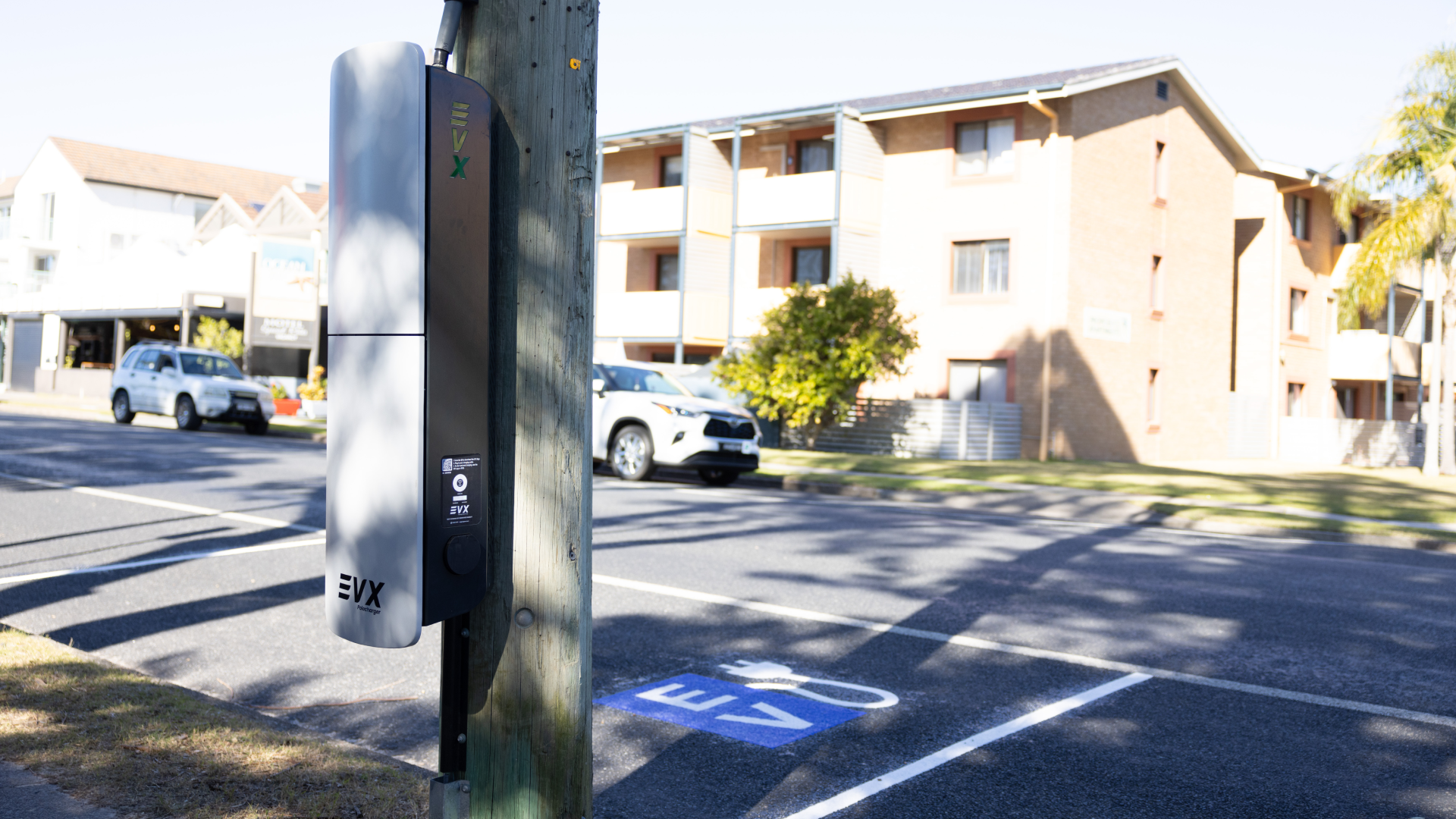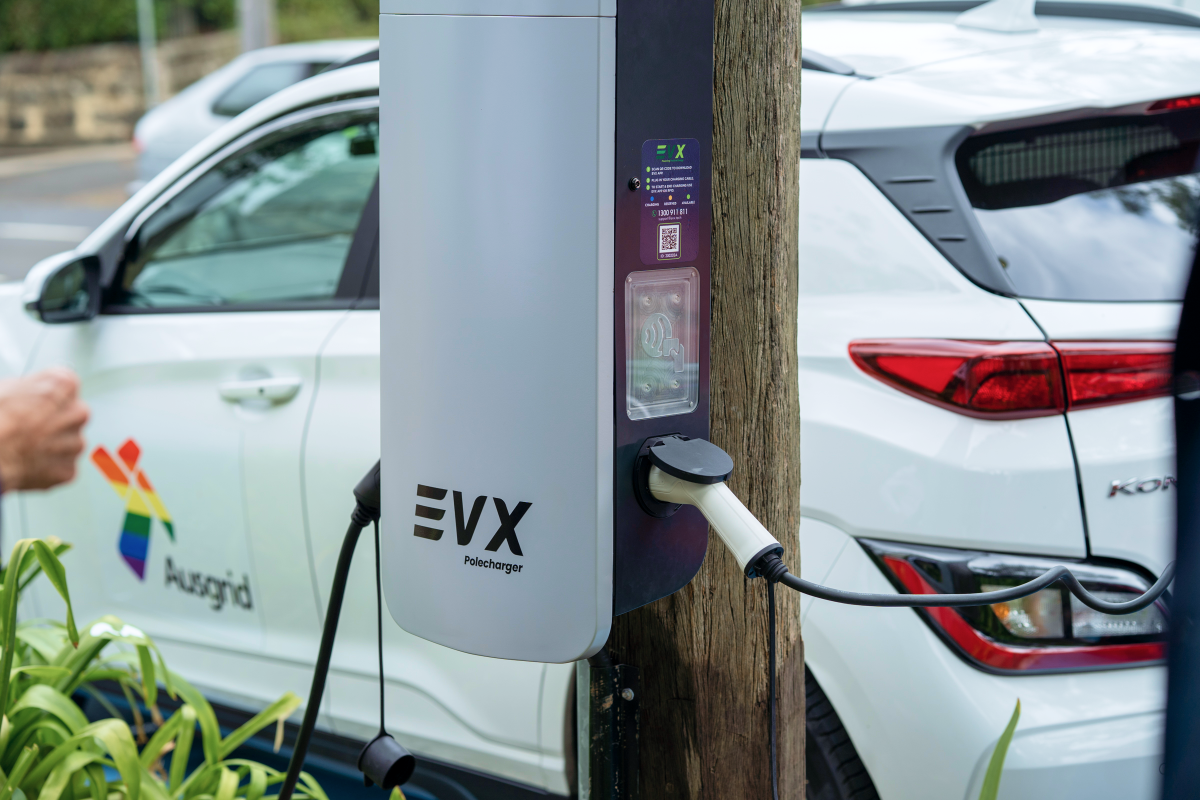As the electric vehicle (EV) market continues to grow, the availability and accessibility of public charging infrastructure play a crucial role in encouraging EV adoption. One of the key considerations in expanding the public charging network is the charging speed, which determines how quickly an EV can replenish its battery.
As different charger types offer varying charging speeds, it is essential to understand the needs of the average EV driver on a day-to-day basis. It is important to apply these needs to supplying the “right” charging infrastructure.
In this blog, we will explore the different charger types commonly found in public charging stations and discuss their suitability for various scenarios.
AC Slow Charging: Versatile and Easily Deployed
Also known as Level 2 charging, AC slow charging or long-dwell charging, is the most common type of public charging and is ideal for both commercial and community areas, shopping centres, and public parking lots. These chargers are versatile and suitable for a wide range of applications, such as providing a quick top-up during shopping or enabling fast charging for electric fleet vehicles in corporate parking spaces. Level 2 chargers can also be applied to high density communities where people often do not have access to private parking.
Integrating AC Charging: EVX Polecharger
 Our EVX Polecharger offers a quick and efficient charging solution for communities with existing utility poles. Designed in Australia, for Australia, this charger can be installed in a matter of hours, seamlessly integrating onto existing infrastructure to meet the needs of EV drivers in residential areas without off-street parking.
Our EVX Polecharger offers a quick and efficient charging solution for communities with existing utility poles. Designed in Australia, for Australia, this charger can be installed in a matter of hours, seamlessly integrating onto existing infrastructure to meet the needs of EV drivers in residential areas without off-street parking.
DC Fast Charging: Rapid Charging for Long-Distance Travel
DC fast charging, also known as Level 3 charging, offers the fastest charging speeds available in public charging stations. Requiring specialised infrastructure, these chargers can provide a significant charge in a short time. Level 3 chargers are typically found along major highways and intercity routes, and while they are crucial for long-distance travel and reducing range anxiety, DC charging is not typically necessary for the average EV user’s ordinary driving habits.
Choosing the right charging speed and charger type for public charging stations depends on various factors, such as location, intended use, and the target audience. While level 3 charging is vital for enabling long-distance travel, level 2 charging has the most widely practical application when considering installing charging infrastructure in commercial and residential areas. Our charge points are powered by 100% renewable energy and will encompass a number of areas across the country, making it easier for Australians to charge their EV close to where they live, work, and play.
Please see our website or contact us here if you want to hear more about charging solutions.

